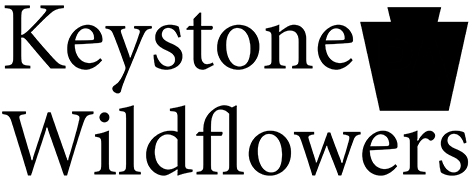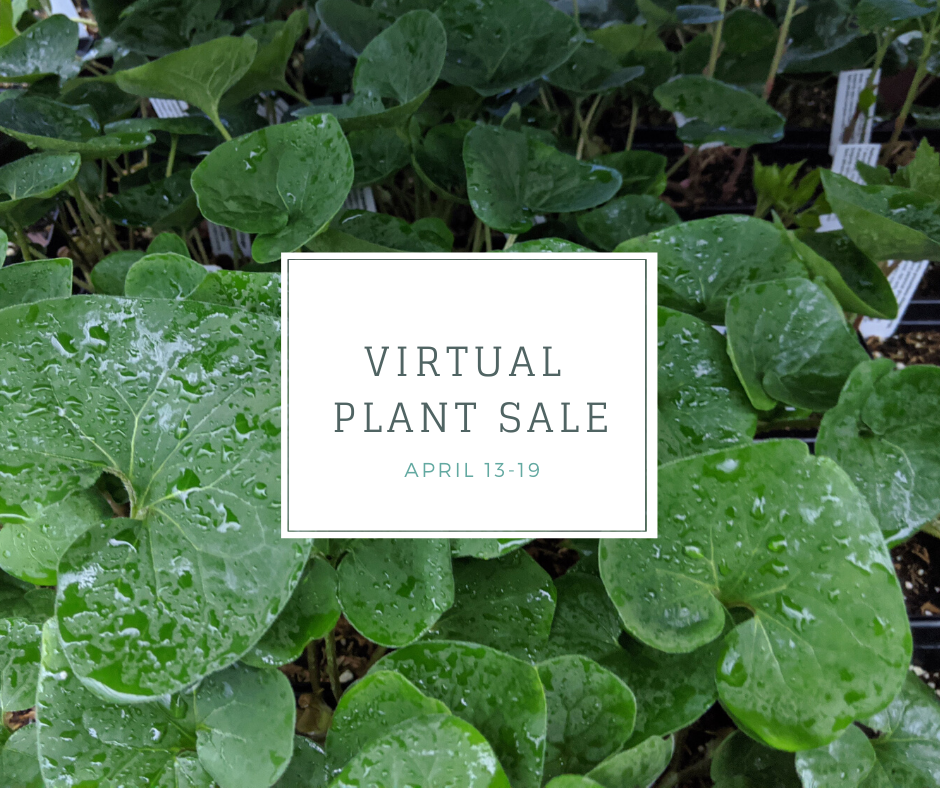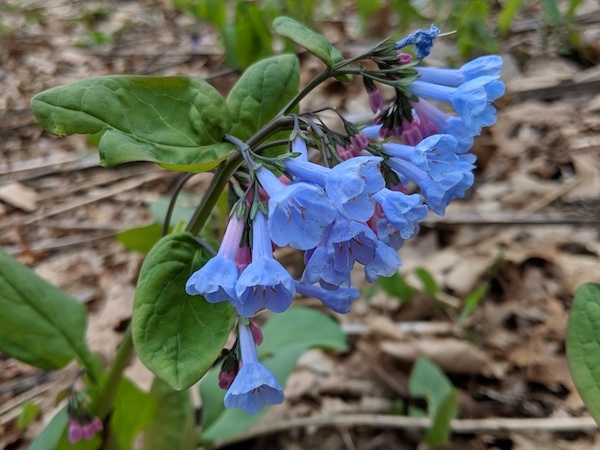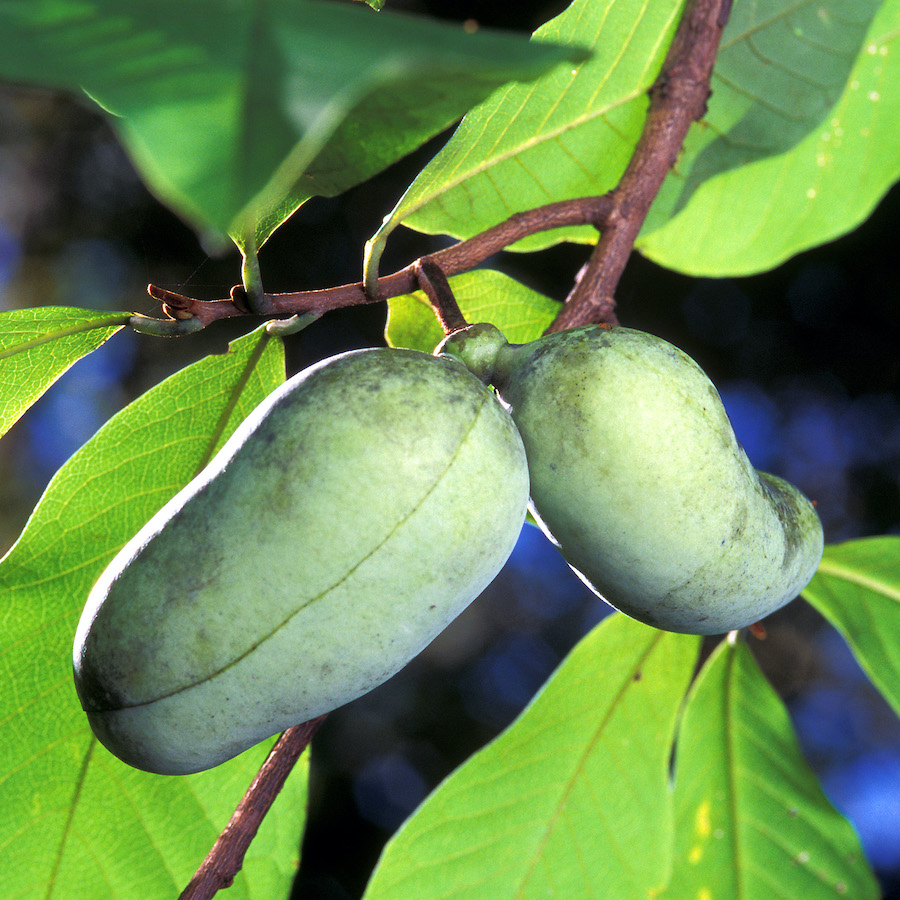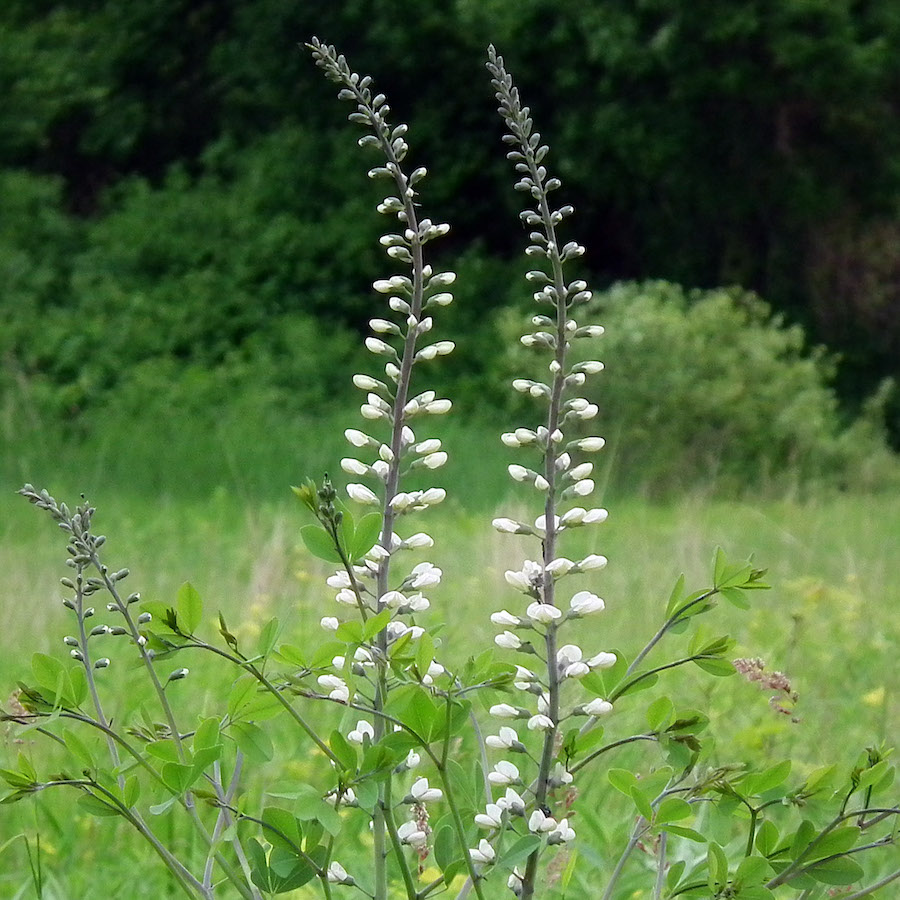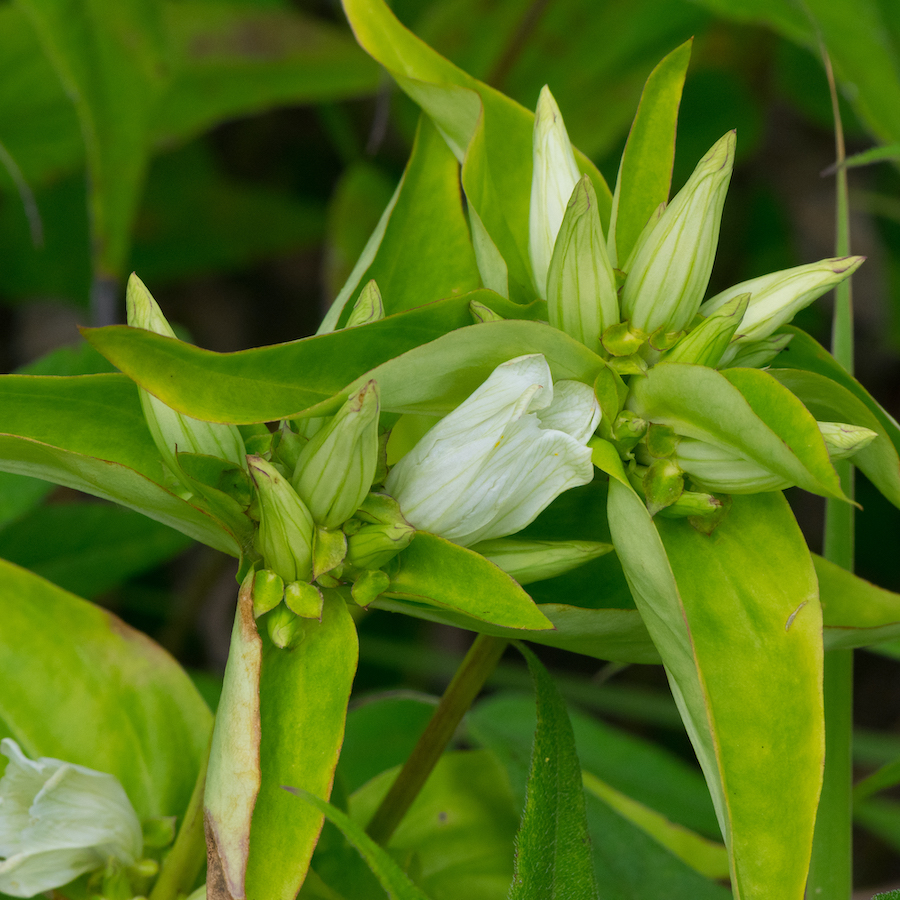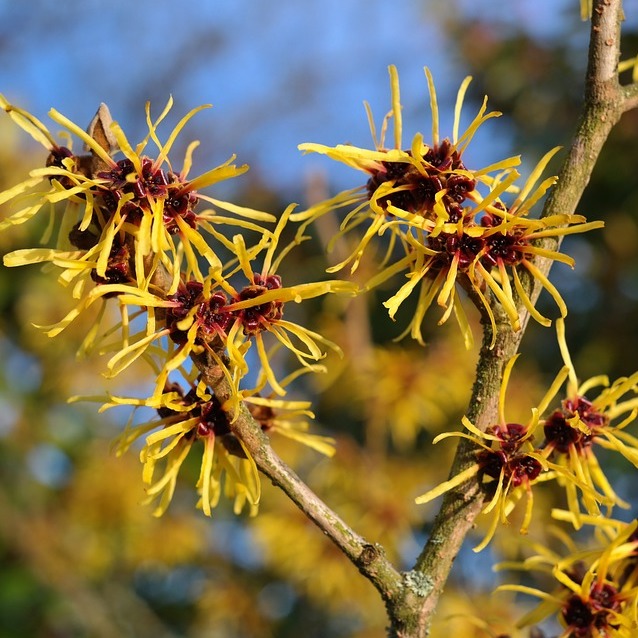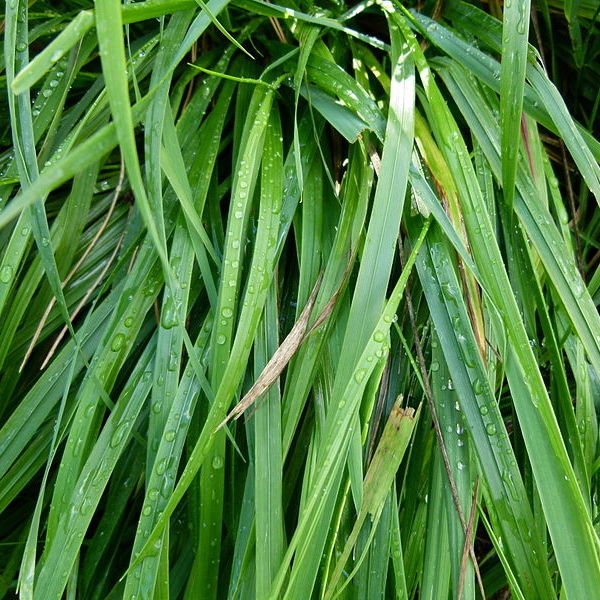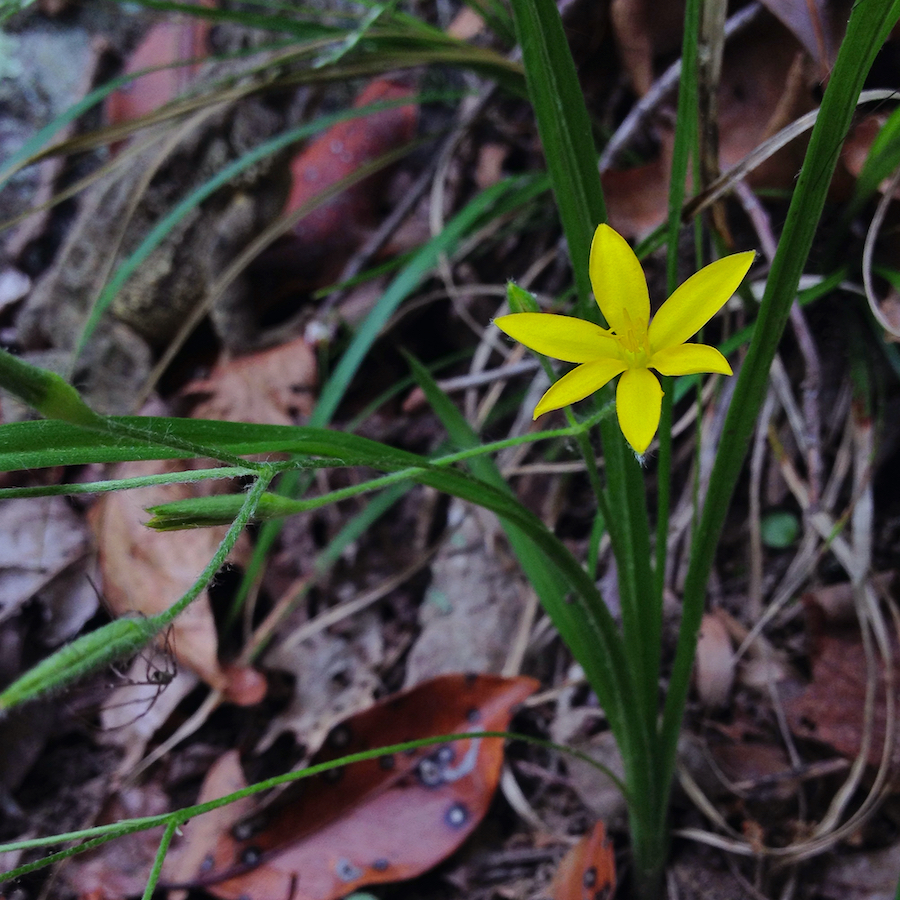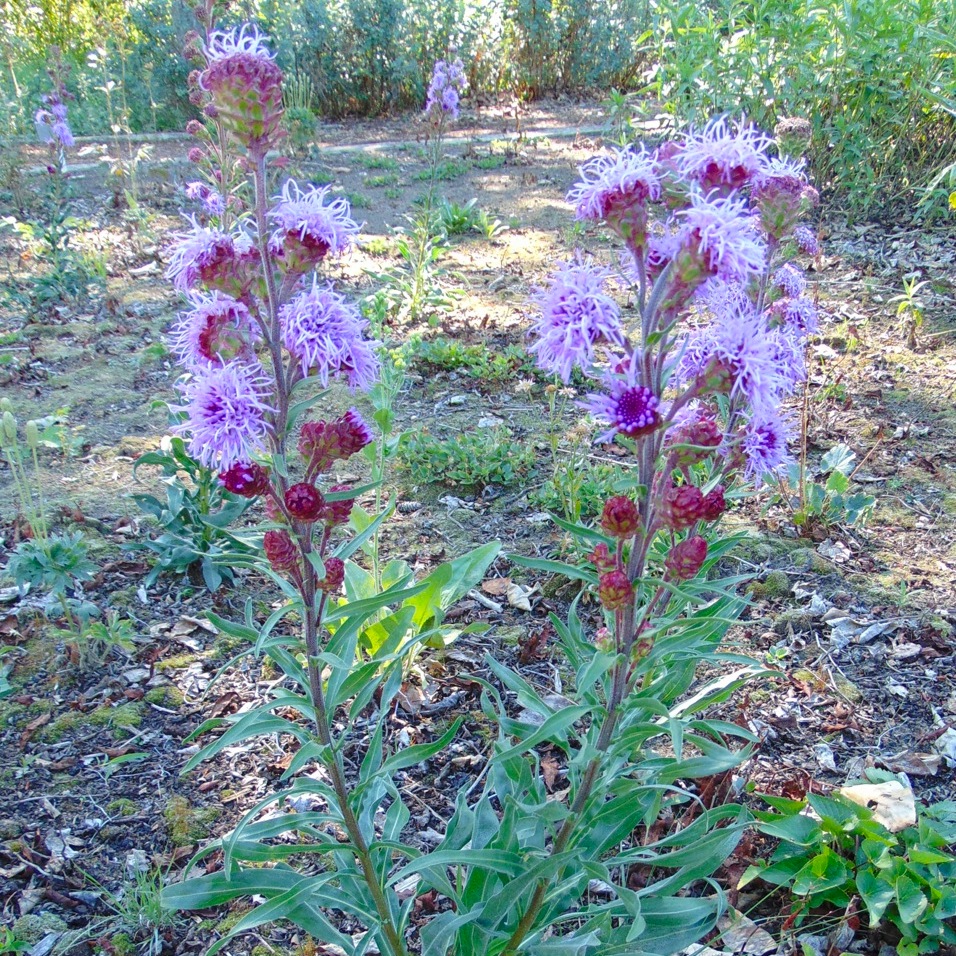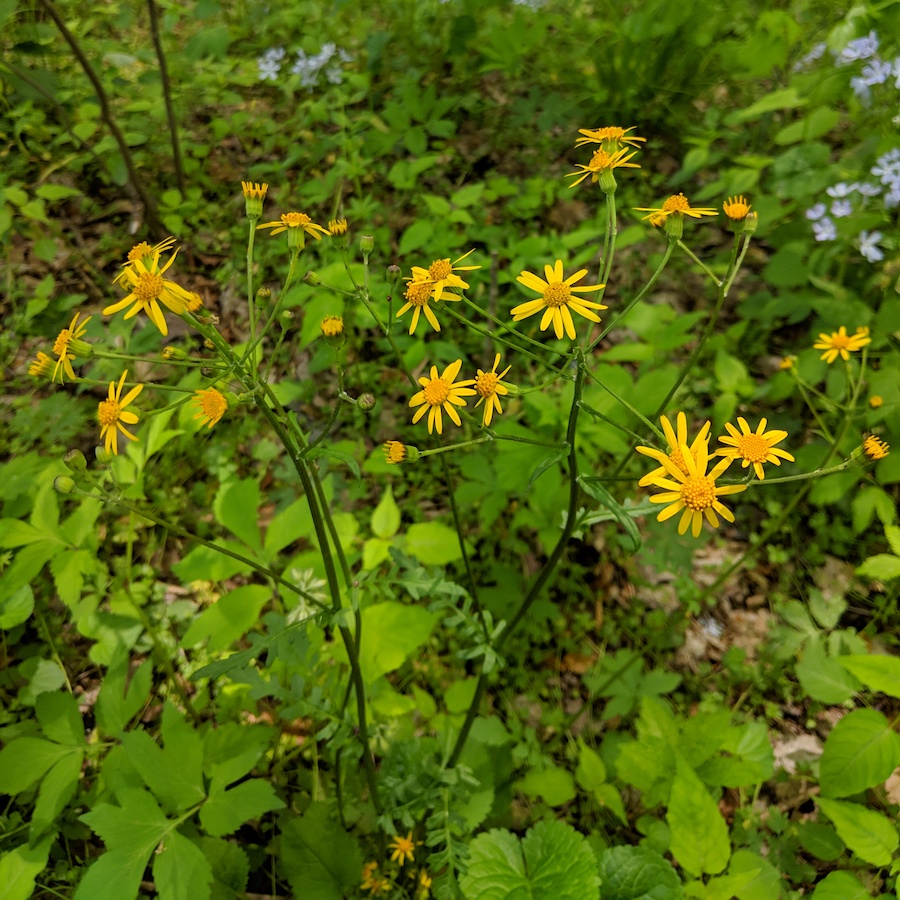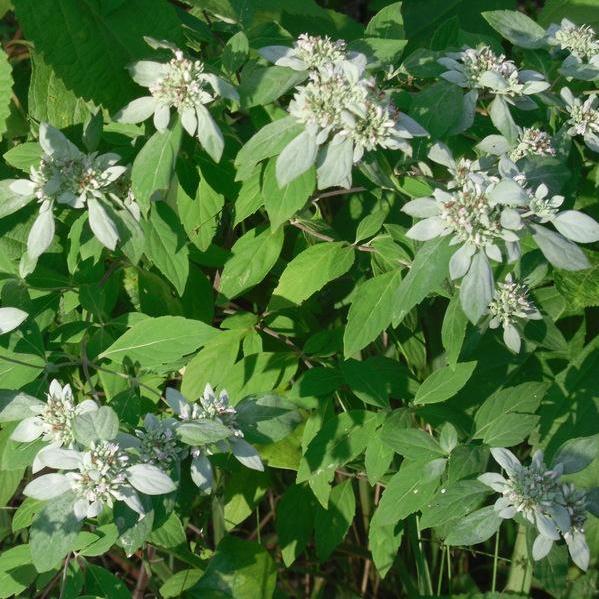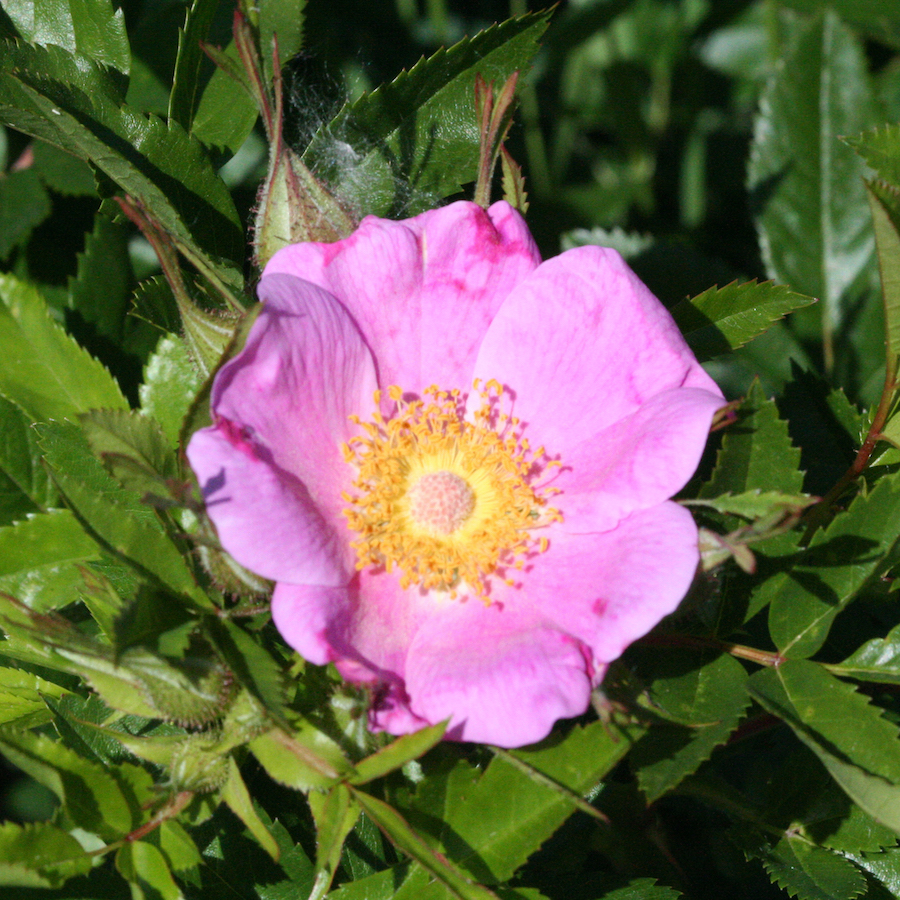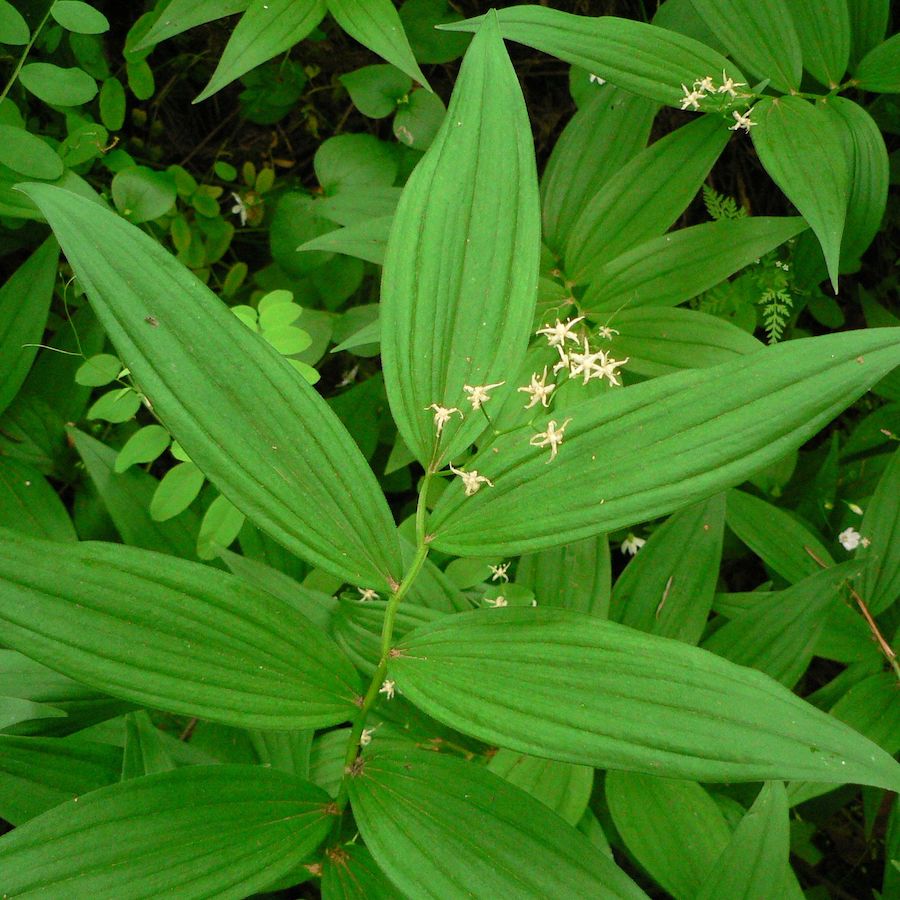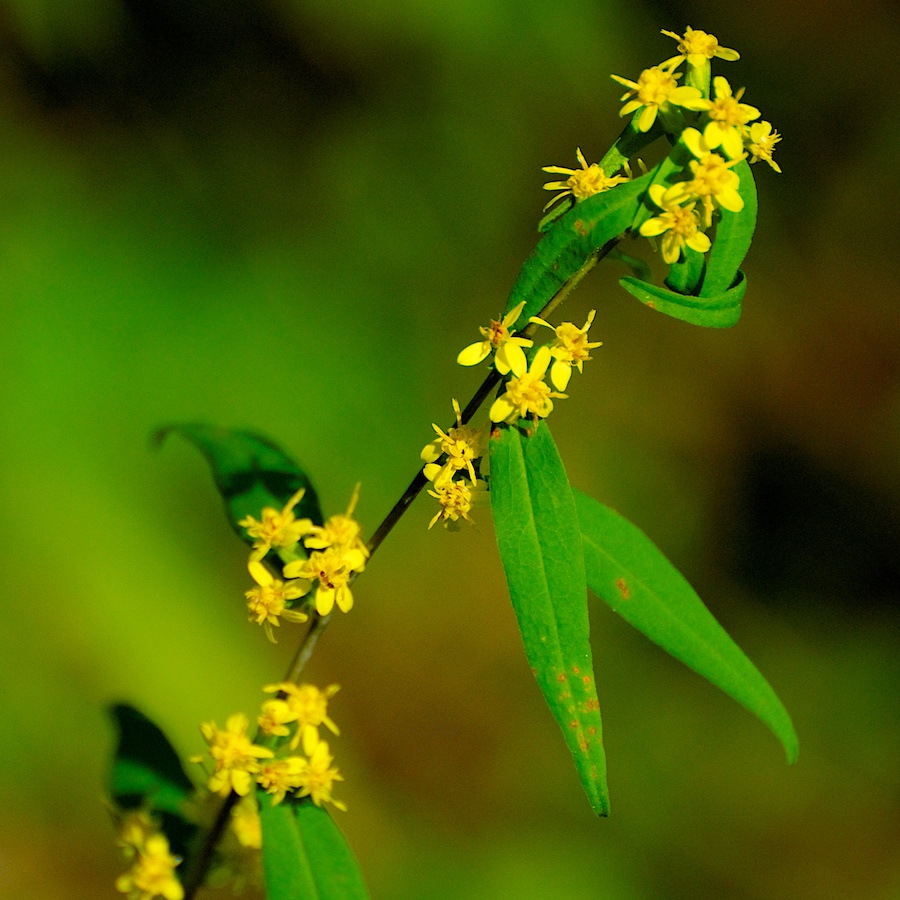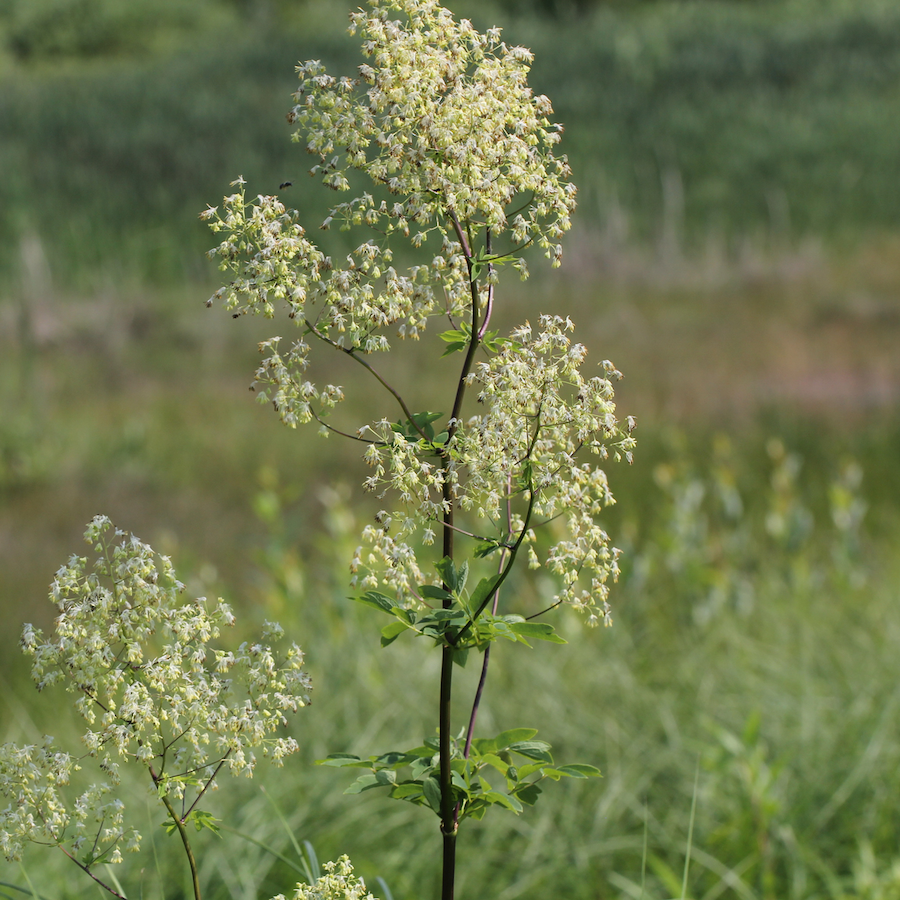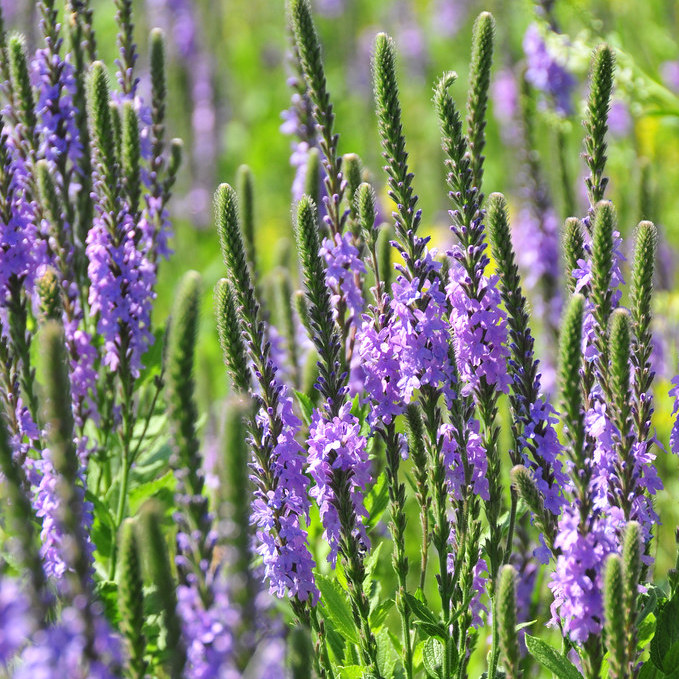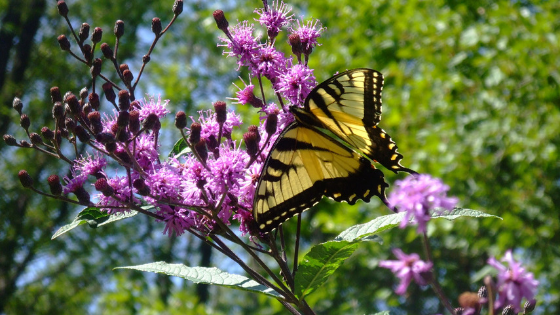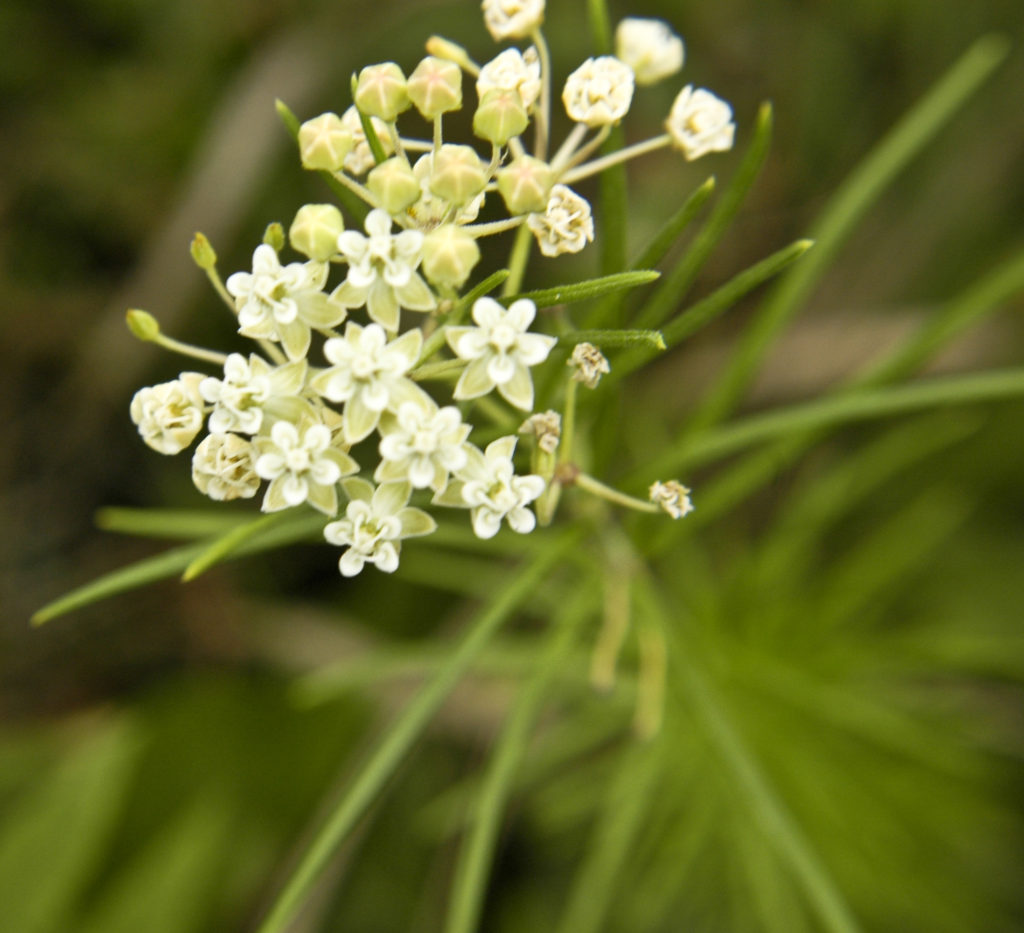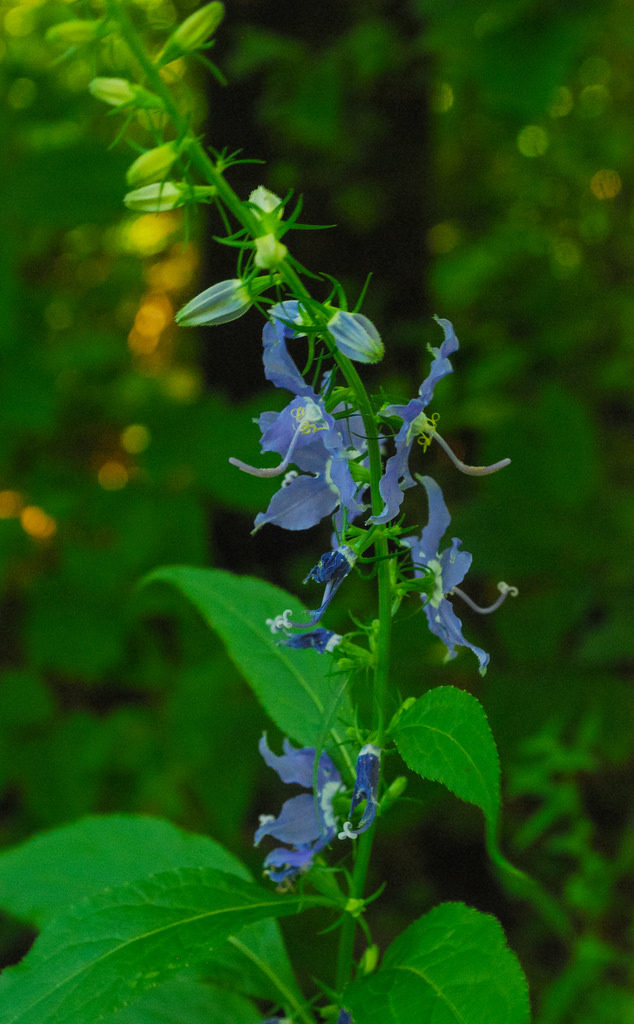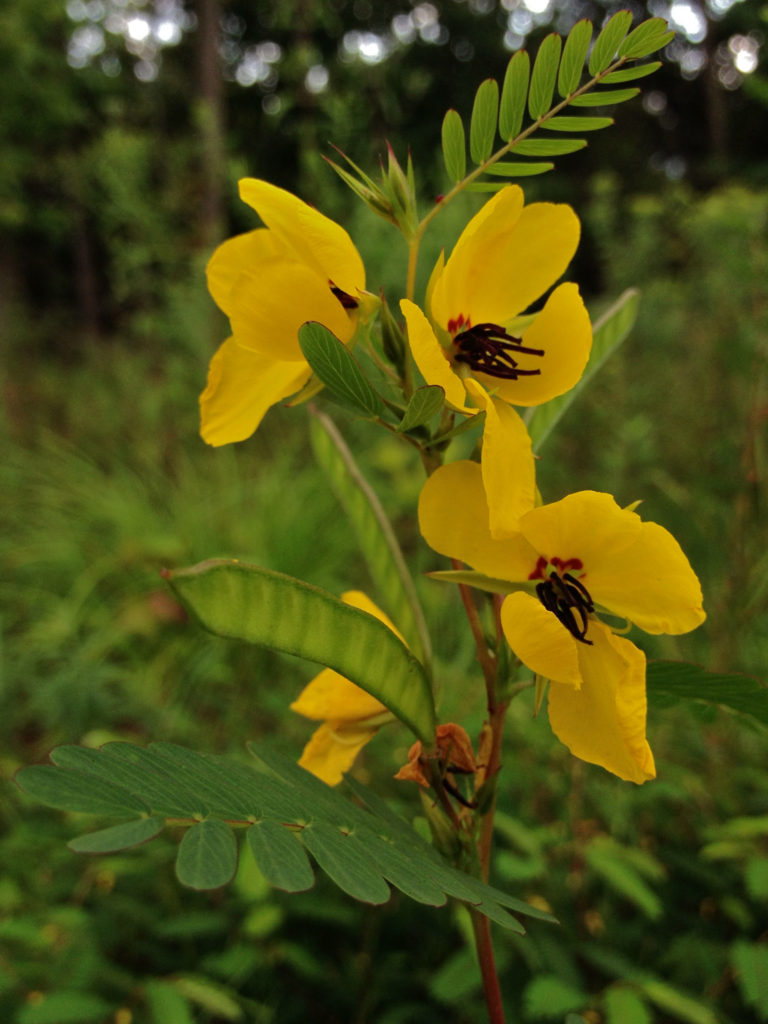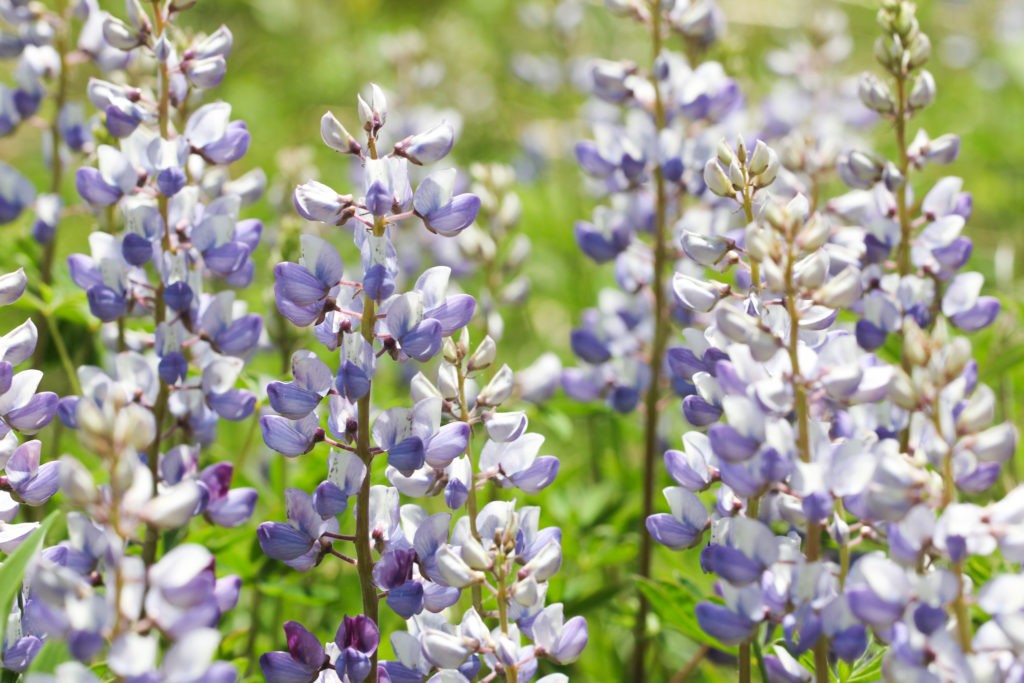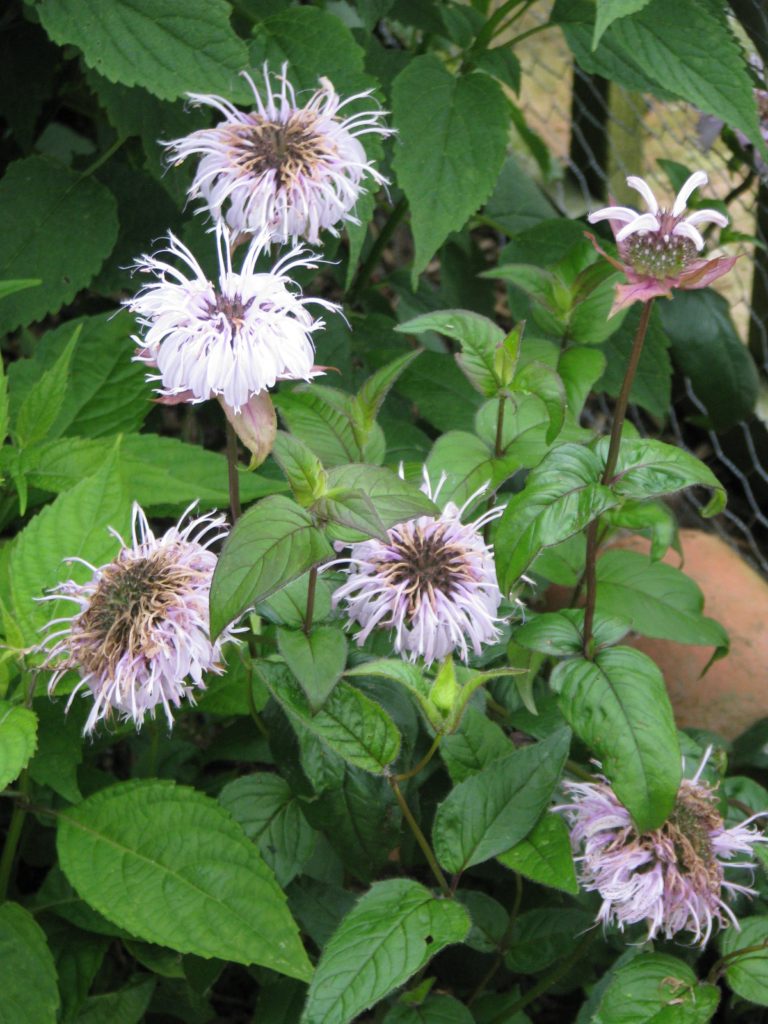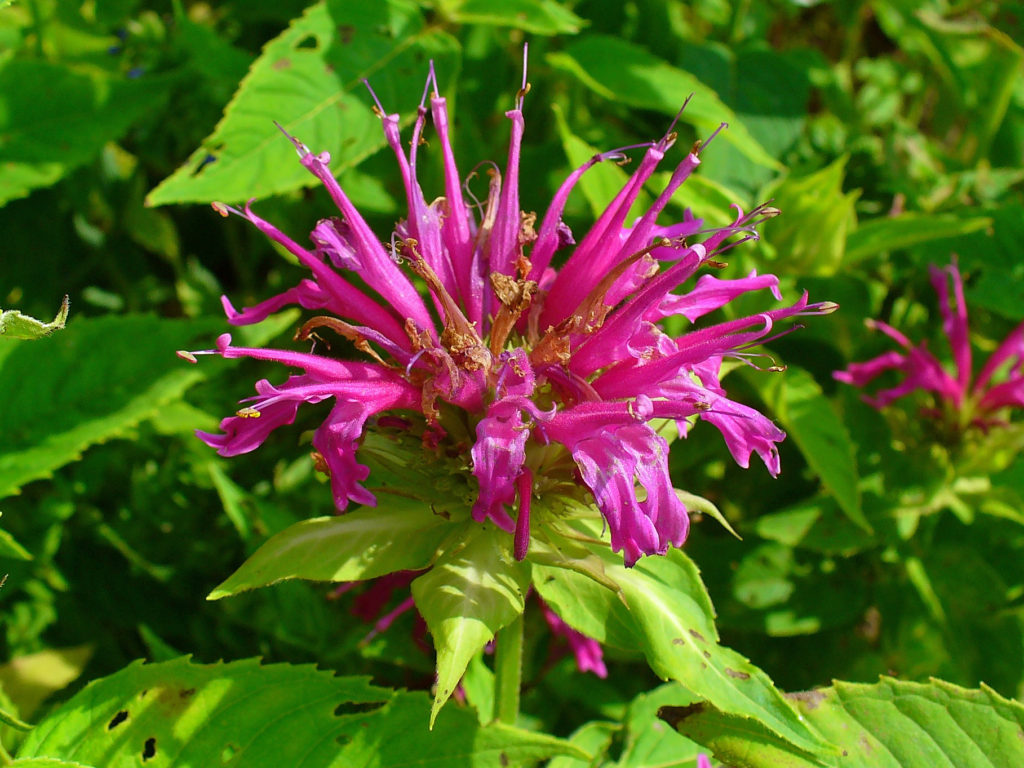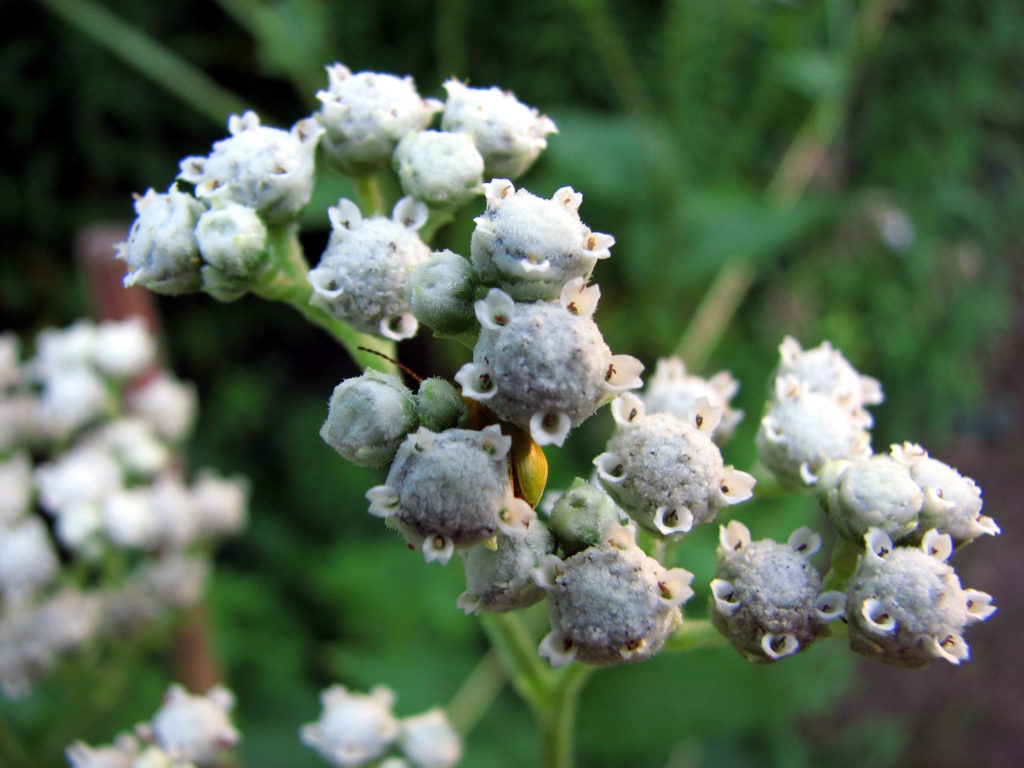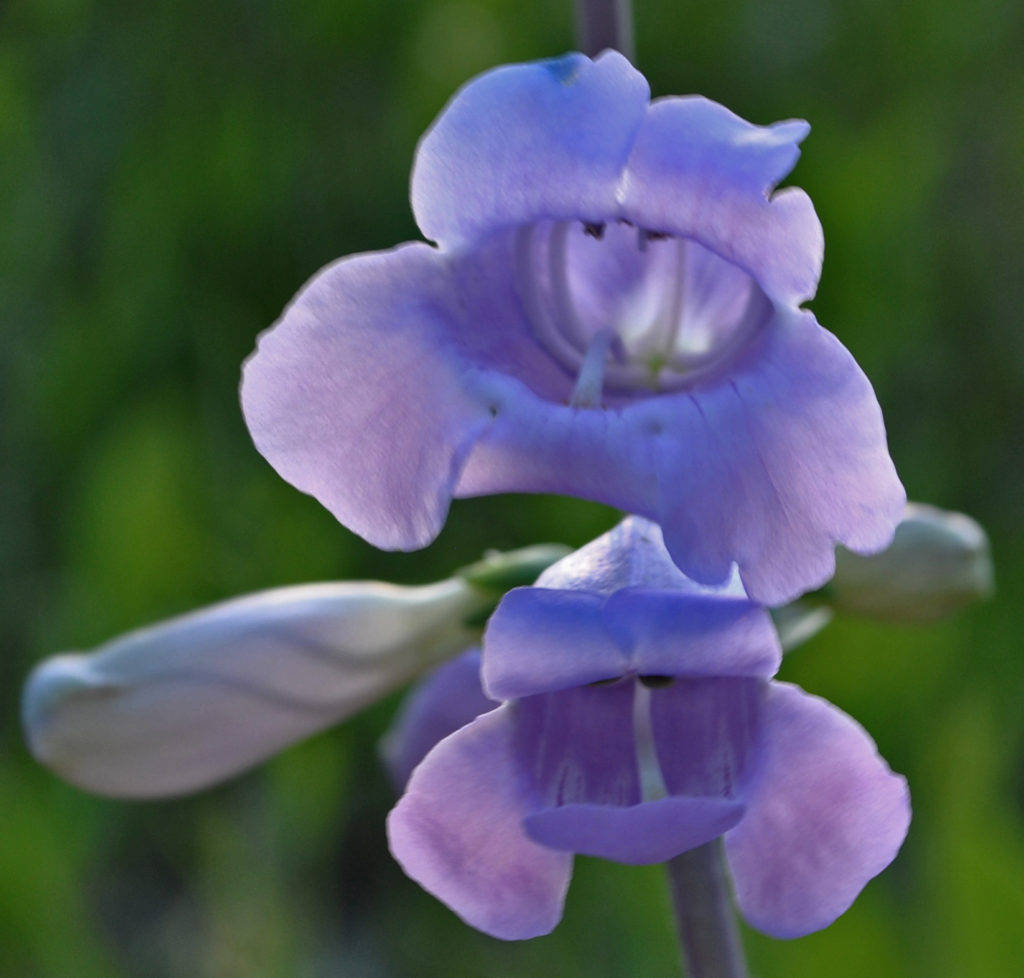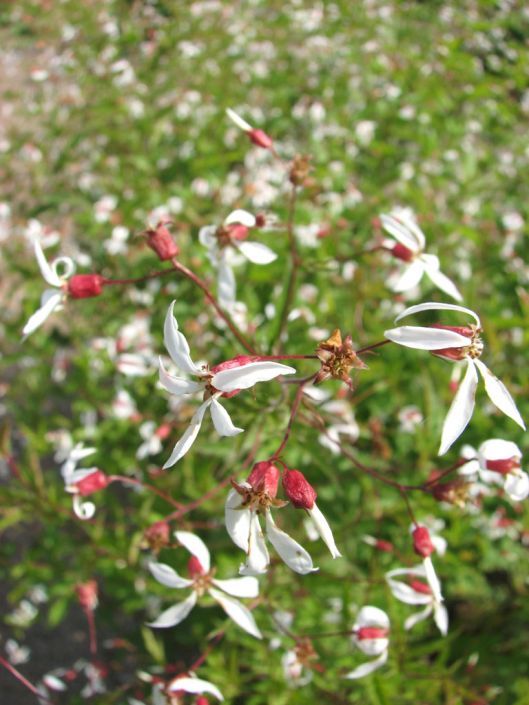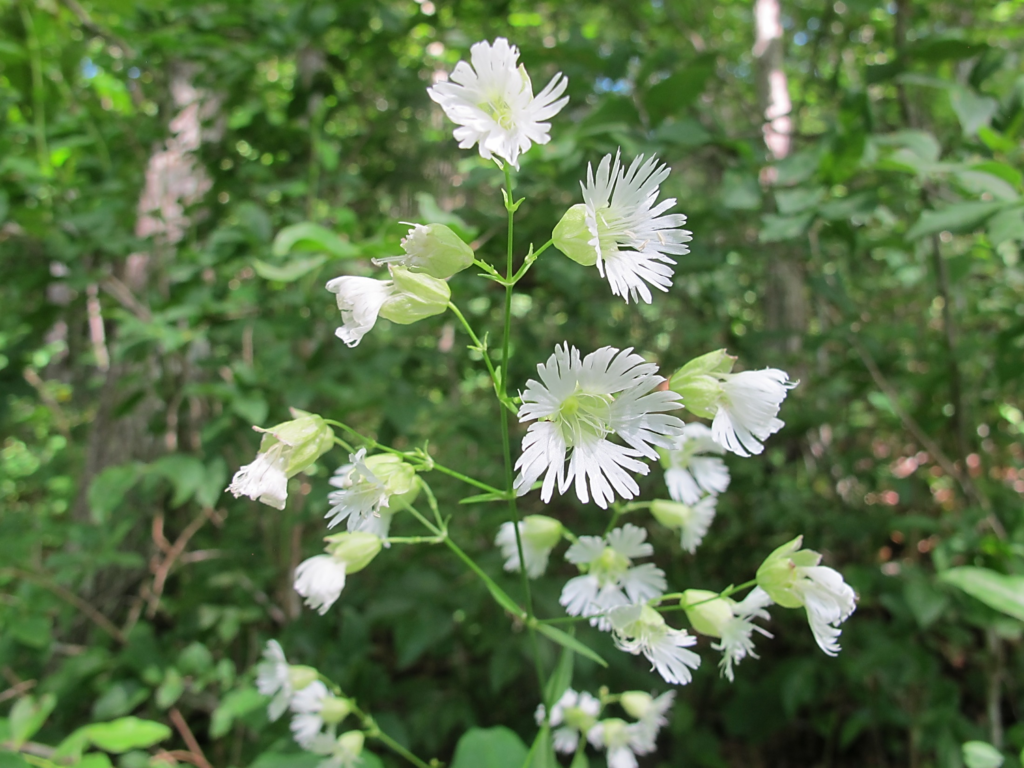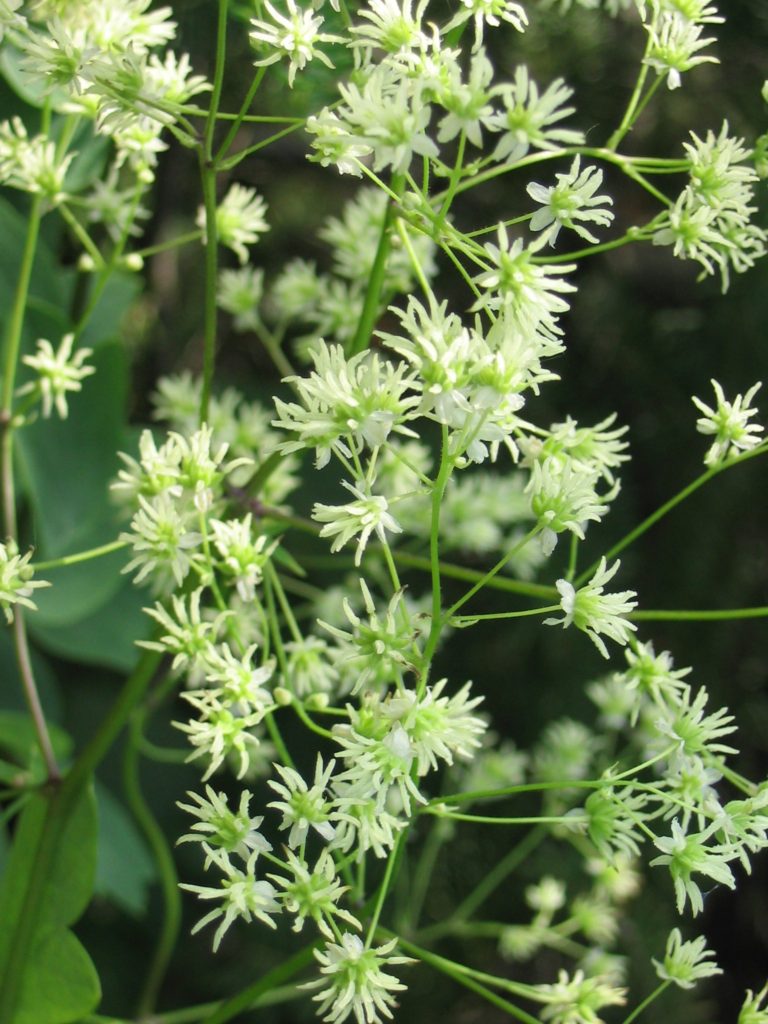This year is our 20th anniversary, but all our plant sales are canceled. So we decided to get creative and try something different. For April 13-19, we’ll be hosting a Virtual Plant Sale on our Facebook page to sell our overstock plants at a discount.
What does that mean?
Each day this week we will post photos of our overstock plants for sale with the price and container size. Please submit an order request form with the plant names and quantities you’re interested in purchasing. Sales will be first-come, first-serve based on form completion time. We’ll tally up sales and send invoices via email. At that time, we will ask you to schedule an appointment for contactless pickup.
Pickup is available Thursday – Sunday, 9 am – 2 pm. All orders must be picked up by Sunday, April 19 at our nursery at 675 Hill Road, Robesonia, PA.
Follow us on Facebook for more information.

